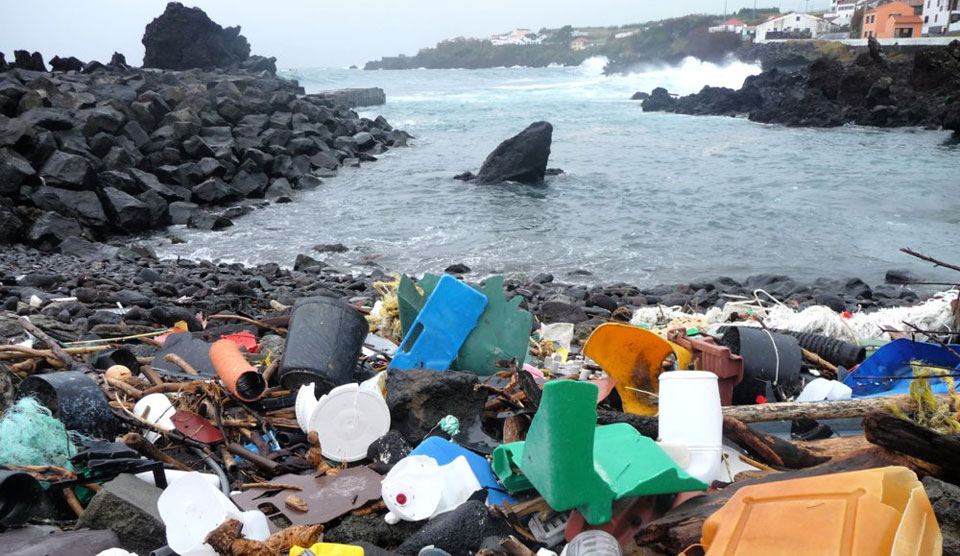
It is possible to breathe in microplastics.
A study accepted for publication in Science of the Total Environment last month detected microplastics in the lung tissue of living people for the first time, and much deeper than the researchers expected.
“We did not expect to find the highest number of particles in the lower regions of the lungs, or particles of the sizes we found,” senior author Laura Sadofsky at Hull York medical school told The Guardian. “It is surprising as the airways are smaller in the lower parts of the lungs and we would have expected particles of these sizes to be filtered out or trapped before getting this deep.”
The research comes as more and more evidence shows that microplastics are penetrating the human body. Another study published days earlier found microplastics in human blood for the first time, and in almost 80 percent of the people sampled.
The new study also found the plastic in the majority of lung tissue samples – 11 out of 13, the study authors wrote. A total of 39 microplastics were found in all regions of the lung.
Previous studies had found plastics in lung samples taken from autopsies. One 2021 study in Brazil found microplastics in the lungs of 13 out of 20 people studied, The Guardian reported. A 1998 study of U.S. lung cancer patients found plastic and plant fibers in more than 100 samples. However, the lung tissue in the most recent study came from live patients at Castle Hill Hospital in East Yorkshire, PA Media reported. It was removed in surgeries as part of the patients’ routine medical care.
“Microplastics have previously been found in human cadaver autopsy samples; this is the first robust study to show microplastics in lungs from live people,” Sadofsky said, as PA Media reported.
The scientists used spectrometry to identify the plastics, The Guardian explained. The most common two types of plastic were polypropylene, which is used for packaging and pipes, and PET, which is commonly used for beverage bottles.
In total, 11 microplastics were found in the upper parts of the lung, seven in the middle, and 21 in the lower parts, a result that was particularly surprising, according to PA Media.
“Lung airways are very narrow so no one thought they could possibly get there, but they clearly have,” Sadofsky said, as PA Media reported.
The findings build on reports that people exposed to microplastics in industrial settings have developed respiratory symptoms and diseases, the study authors wrote.
“This data provides an important advance in the field of air pollution, microplastics, and human health,” Sadofsky said, as PA Media reported. “The characterization of types and levels of microplastics we have found can now inform realistic conditions for laboratory exposure experiments with the aim of determining health impacts.”
This article is reposted from EcoWatch.












Comments